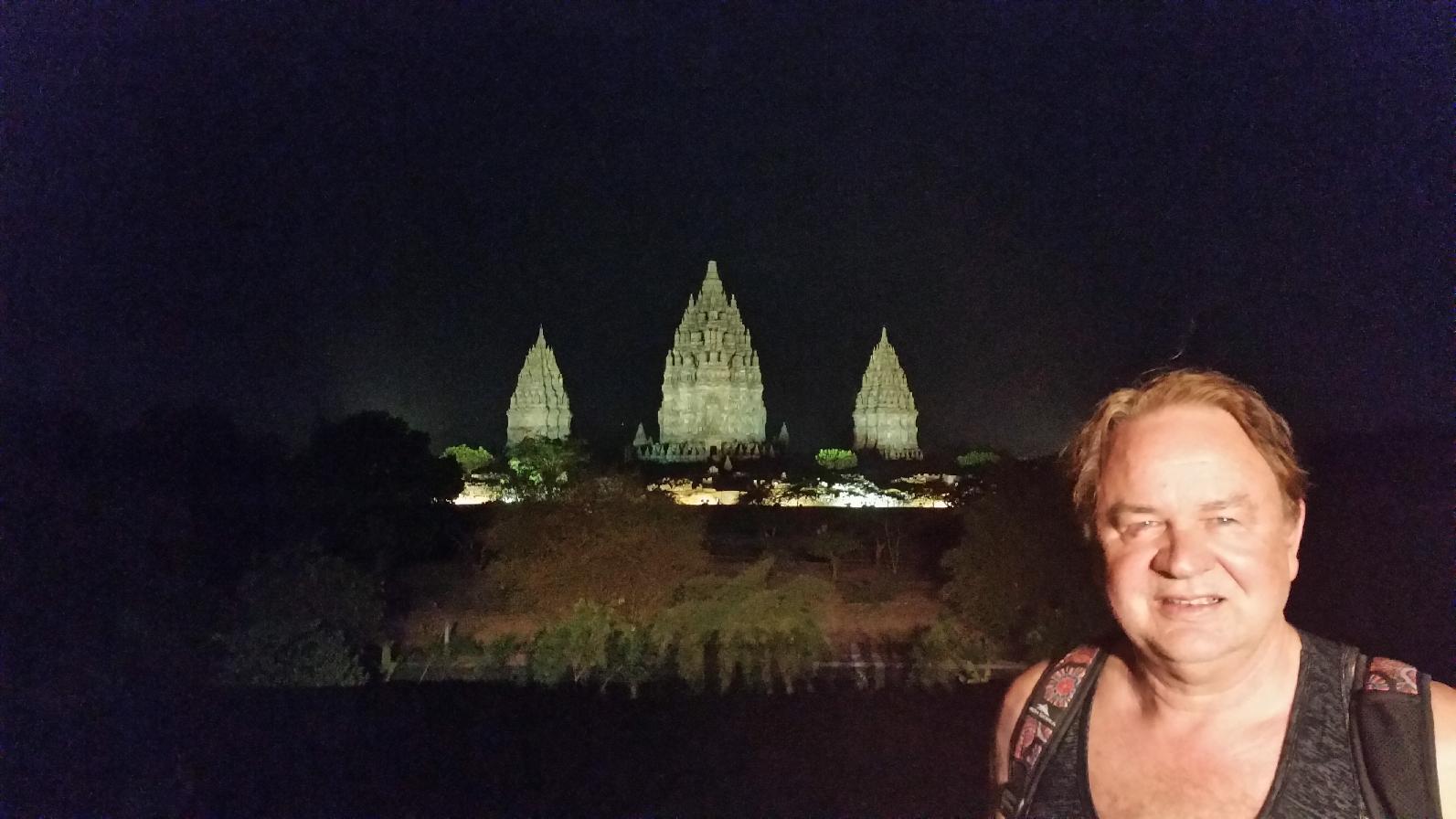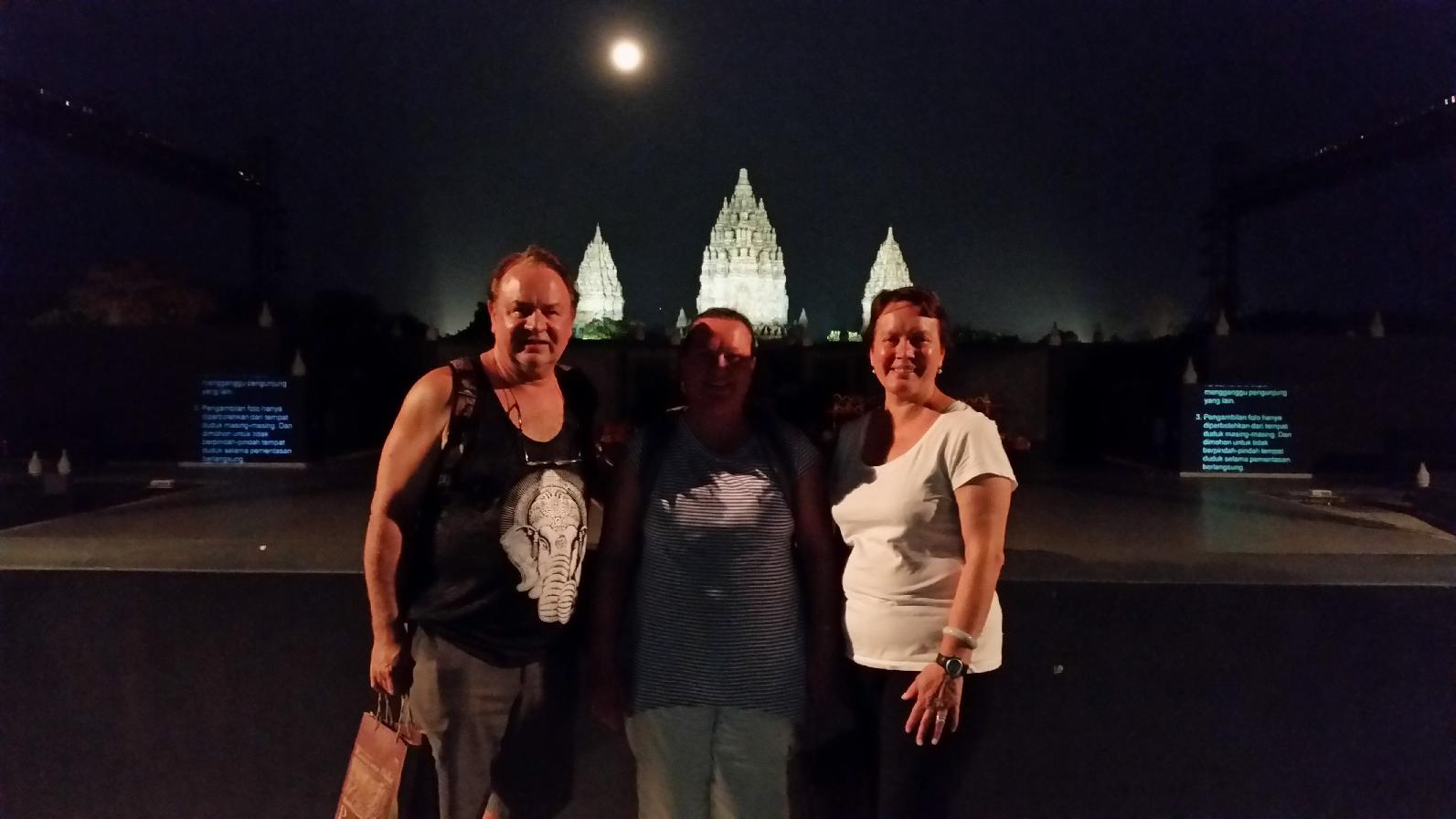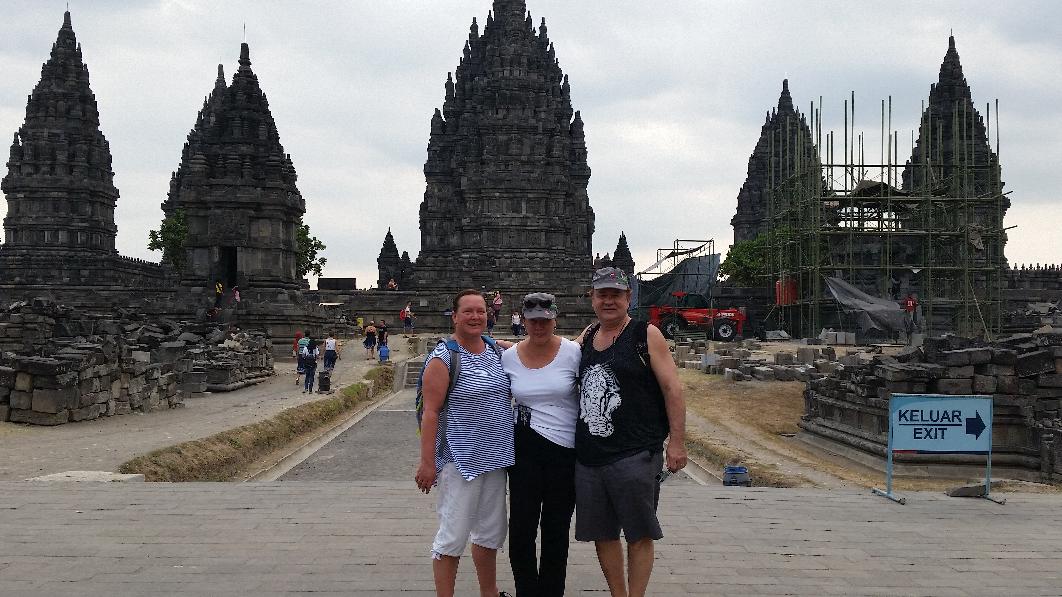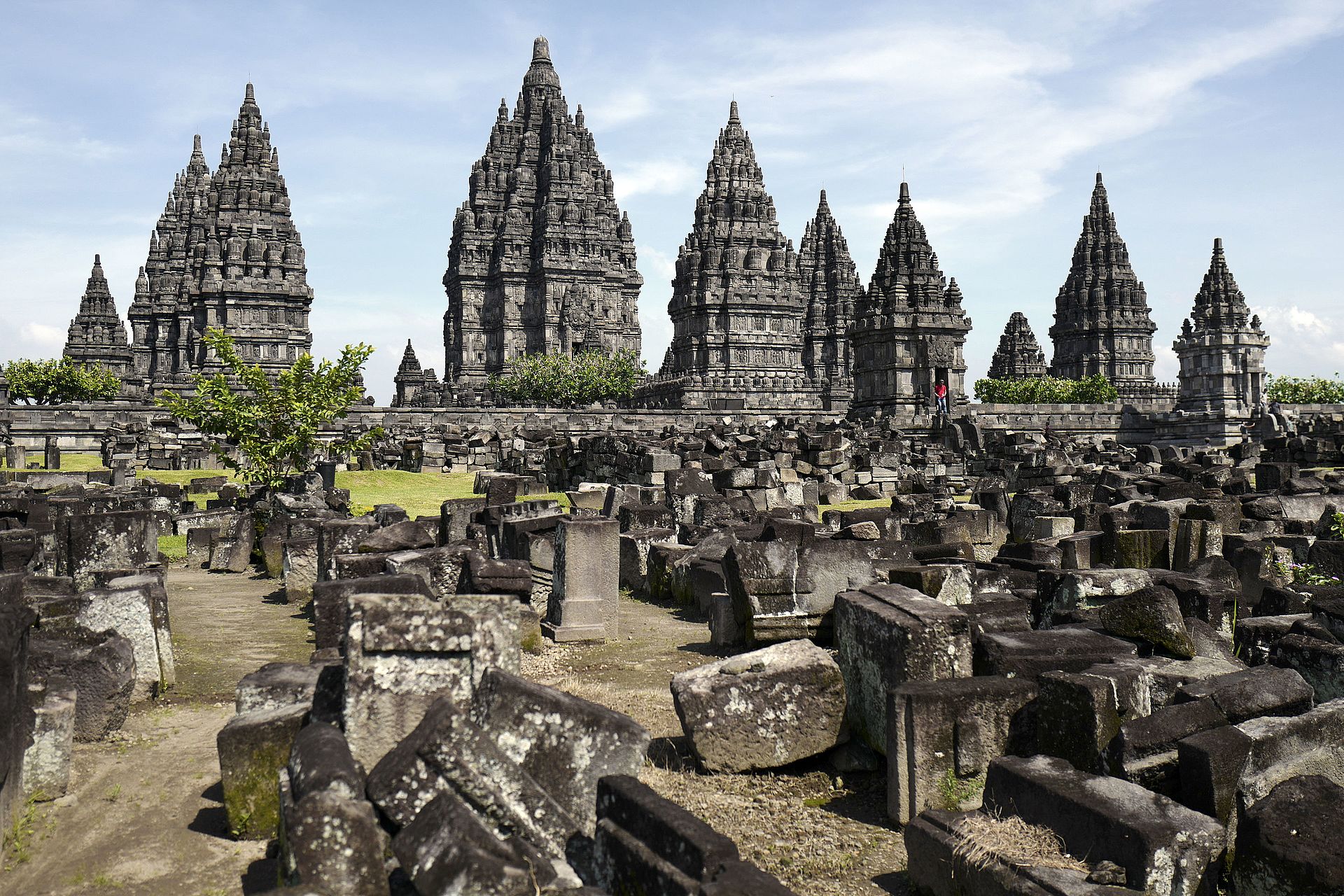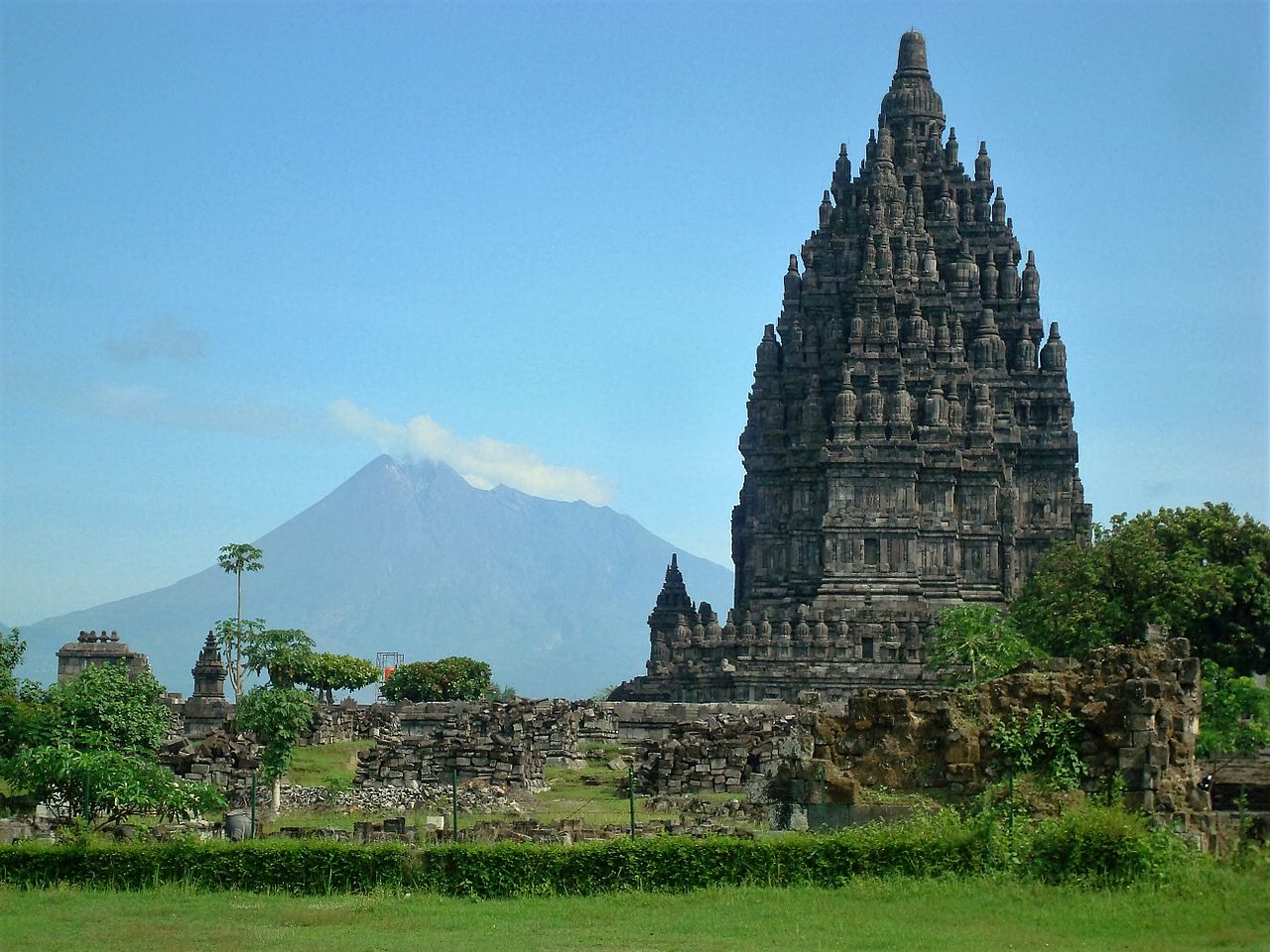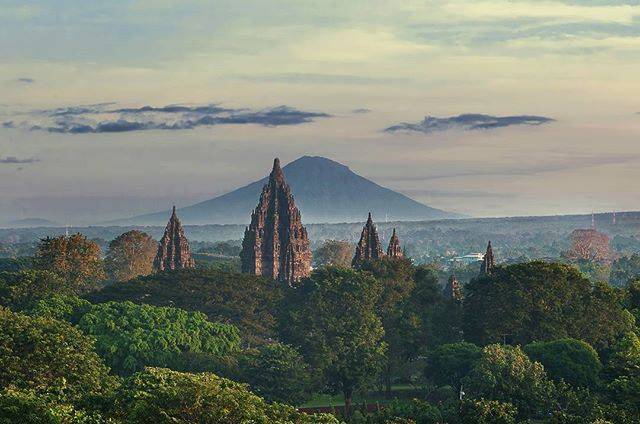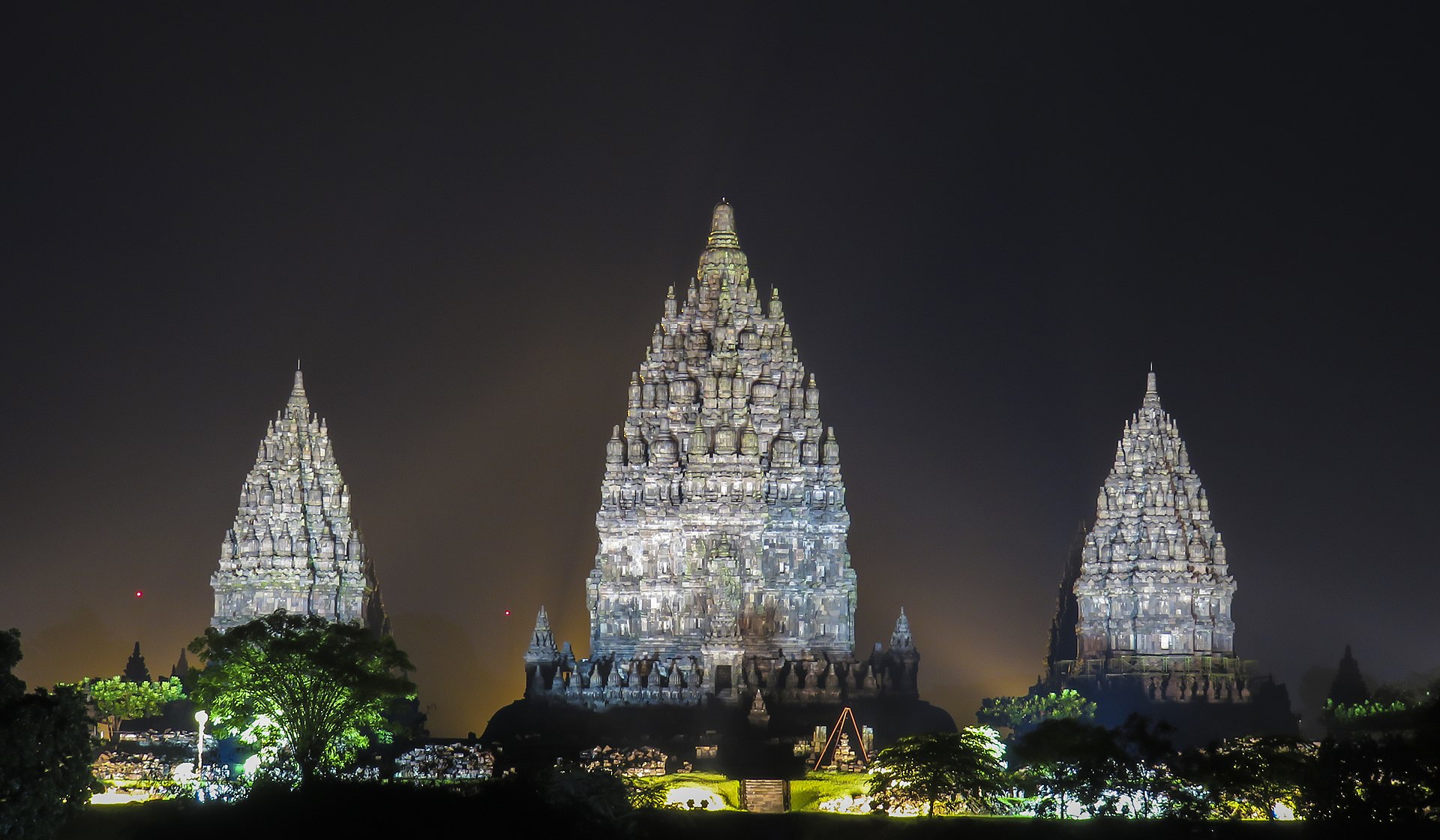
AsianOverland.net
Tour Guide - Itinerary
Asian Overland Sydney to London
Started 22/06/2022 Finished 21/06/2023365 Days ITINERARY
Day 37 date 28/07/2022UBUD to PRAMBANAN, JAVA, INDONESIA
ASIANOVERLAND.NET SYDNEY TO LONDON DAY 356/37: PRAMBANAN, JAVA, INDONESIA
It only takes 30 minutes to ferry from Bali to/from Java, the world's most populous island, with 150 million people comprising 55% of the Indonesian population.
The Javanese are an indigenous ethnic group native to the central and eastern part of Java island, and are the largest ethnic group in Indonesia and Southeast Asia. Their native language is Javanese, one of the largest regional languages in the world.
A majority of the Javanese people are Sunni Muslims, with a small minority of Christians and Hindus. However, Javanese civilisation has been influenced by two thousand years of interactions between the local, Muslim, Indian, Chinese and Hindu—Buddhist cultures, which are still visible in Javanese history, culture, traditions, and art forms.
Javanese heritage has created the largest temples in the world, Prambanan (Hindu) and Borobudur (Buddhist). In Brunei, Malaysia, and Singapore, Javanese cultural influences have had a profound impact on many aspects of Malay culture. Kris weapons, batik practice, gamelan musical instruments, ronggeng dance and wayang kulit puppet were introduced by the Javanese to the Malays.
Hindu and Buddhist influences arrived through trade contacts with the Indian subcontinent and China. The Taruma and Sunda kingdoms of western Java appeared in the 4th and 7th centuries respectively, and the Javanese sent embassies to China starting in 640.
The Mataram Kingdom founded in central Java at the beginning of the 8th century worshipped the Hindu god Shiva, and the kingdom produced some of Java's earliest Hindu temples. Around the 8th century, the Sailendra dynasty rose and become the patron of Mahayana Buddhism. This ancient kingdom built massive monuments including the 9th century Borobudur (Buddhist) and Prambanan (Hindu) Temples in central Java.
Around the 10th century, the centre of power shifted from central to eastern Java. The eastern Javanese kingdoms of Kediri, Singhasari and Majapahit were mainly dependent on rice agriculture, and pursued trade within the Indonesian archipelago, China and India.
The major spread of Javanese influence occurred under King Kertanegara of Singhasari in the late 13th century. The expansionist king launched major expeditions to Madura, Borneo and Sumatra in 1275, and Bali in 1284. Following the defeat of the Melayu Kingdom, Singhasari controlled trade in Malaya and the Strait of Malacca.
Singhasari dominance was cut short in 1292 by Kediri's rebellion under Jayakatwang, but his reign as king of Java quickly ended when he was defeated in March 1293 by Raden Wijaya with the help of invading Mongol troops.
Majapahit was a Javanese Hindu-Buddhist empire which existed from 1293 to 1527. It reached its peak from 1350 to 1389 marked by conquests that extended throughout Southeast Asia, stretching from Sumatra to New Guinea; consisting of present-day Indonesia, Singapore, Malaysia, Brunei, southern Thailand, Timor Leste, and southwestern Philippines (the Sulu Archipelago).
Majapahit in western Java fell to the Islamised Demak Sultanate (eastern Java) in 1527, and the newly conquered Sunda Kelapa was renamed Jayakarta (meaning "precious victory"), subsequently shortened to Jakarta.
The Kingdoms of Java were actively involved in the spice trade in the sea route of the Silk Road. Although not major spice producers, the Javanese Kingdoms stockpiled spice by trading for rice.
Java’s former glory is best experienced during a full moon at the Hindu Prambanan Temple, when the Ramayana is performed while the full moon is rising.
The Prambanan Shiva Temple is adorned with panels of narrative bas-reliefs telling the story of the Hindu epic Ramayana. The story starts from the east entrance where visitors turn left and move around the temple gallery in a clockwise direction. This conforms with the ritual performed by pilgrims who move in a clockwise direction while keeping the sanctuary to their right. The story of Ramayana starts on Shiva temple balustrade and continues to Brahma temple. On the balustrades in Vishnu temple there is series of bas-relief panels depicting the stories of Lord Krishna from Bhagavata Purana.
The bas-relief of Ramayana illustrate how Sita, the wife of Rama, is abducted by Ravana. The monkey king Hanuman brings his army to help Rama and rescue Sita. This story is performed by the Ramayana Ballet at full moon at Trimurti open-air theatre on the west side of the illuminated Prambanan Temples.
© This work is copyright. Apart from any use permitted under the Copyright Act 1968, no part may be reproduced by any process, nor may any other exclusive right be exercised, without the permission of Peter Searle, peter@portseavillageresort.com; 1980-2024.
Website built by Justin O’Dea www.webdeveloperdocklands.com.au
